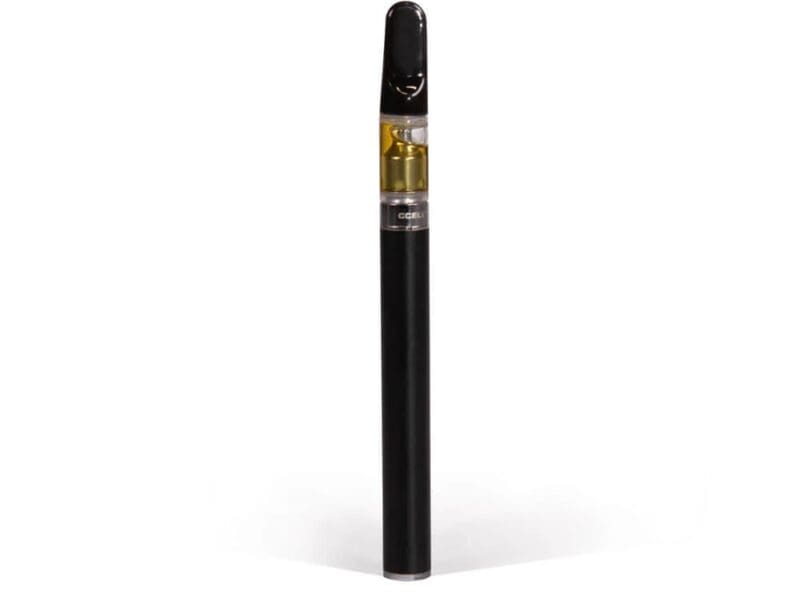
What are teeth whitening gels?
Teeth whitening gels have become increasingly popular in recent years, with many people looking to improve the appearance of their teeth. There are a variety of different types of teeth whitening gels available, each with its own benefits and drawbacks. In this article, we will discuss the different types of bleaching gels and how they work to whiten teeth.
Teeth whitening gels are a type of cosmetic product that are designed to lighten the color of teeth. They are typically made up of a peroxide-based bleaching agent that is applied directly to the teeth. When the peroxide comes into contact with the teeth, it breaks down into oxygen molecules, which penetrate the enamel and dentin of the teeth, breaking apart any stains or discoloration.
Types of bleaching gels
There are two main types of bleaching gels: hydrogen peroxide and carbamide peroxide. Each of these types of gels has its own strengths and weaknesses, and it is important to understand the differences between them in order to choose the one that is best suited to your needs.
Hydrogen peroxide gels
Hydrogen peroxide gels are the most common type of dental whitening gels. They typically contain a concentration of between 10% and 35% hydrogen peroxide, and are designed to be used either in the dentist’s office or at home. In-office treatments usually involve a higher concentration of hydrogen peroxide, and can be completed in a single appointment. At-home treatments involve a lower concentration of hydrogen peroxide, and are usually applied for a shorter period of time over several days or weeks.
Carbamide peroxide gels
Carbamide peroxide gels are another type of teeth whitening gel. They contain a combination of hydrogen peroxide and urea, which breaks down into hydrogen peroxide when it comes into contact with water. Carbamide peroxide gels are typically less potent than hydrogen peroxide gels, with a concentration of between 10% and 20%. They are designed to be used at home, and are usually applied for a longer period of time than hydrogen peroxide gels.
How to use teeth whitening gels
Teeth whitening gels can be used either in the dentist’s office or at home. In-office treatments usually involve the application of a high concentration of hydrogen peroxide gel to the teeth, followed by the use of a special light or laser to activate the gel and enhance its effects. At-home treatments typically involve the use of a custom-fitted tray that is filled with the teeth whitening gel and worn for a certain amount of time each day.
Before using any type of teeth whitening gel, it is important to consult with your dentist to determine the best course of treatment for your individual needs. Your dentist will be able to recommend the best type of gel for your teeth, and will also be able to provide you with detailed instructions on how to use the gel safely and effectively.
Potential side effects
While teeth whitening gels are generally safe and effective, they can cause some side effects, especially if they are not used properly. Common side effects of teeth whitening gels include:
- Sensitivity: Some people may experience tooth sensitivity or gum irritation after using teeth whitening gels. This is usually temporary, and can be treated with desensitizing toothpaste or other remedies.
- Enamel erosion: In some cases, teeth whitening gels can cause damage to the enamel of the teeth, especially if they are used improperly or for too long. This can lead to increased sensitivity and other dental problems.
- Uneven results: Teeth whitening gels may not always produce uniform results, and some teeth may be whiter than others after treatment.
To minimize the risk of side effects, it is important to follow the instructions provided by your dentist or the manufacturer of the teeth whitening gel. If you experience any discomfort or other issues during or after treatment, be sure to contact your dentist right away.
Factors that can affect the results of teeth whitening gels
There are several factors that can affect the results of teeth whitening gels, including:
- The concentration of the bleaching agent: Teeth whitening gels with a higher concentration of peroxide will typically produce faster and more dramatic results than gels with a lower concentration.
- The length of time the gel is applied: In general, longer application times will lead to whiter teeth. However, it is important to follow the recommended application times to avoid damaging the teeth.
- The frequency of use: Using teeth whitening gels more frequently than recommended can increase the risk of side effects and damage to the teeth.
- The condition of the teeth: Teeth that are heavily stained or discolored may require more aggressive treatment to achieve the desired results.
Final Thoughts
Teeth whitening gels can be a safe and effective way to improve the appearance of your teeth. There are several different types of bleaching gels available, each with its own strengths and weaknesses. Before using any type of teeth whitening gel, it is important to consult with your dentist to determine the best course of treatment for your individual needs. By following the recommended application times and instructions, you can achieve a brighter, healthier smile without putting your dental health at risk.







